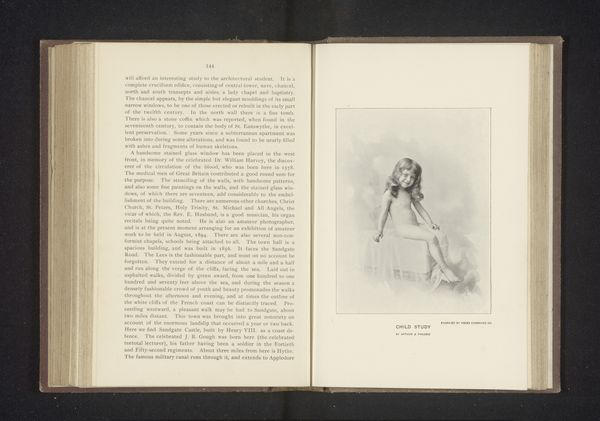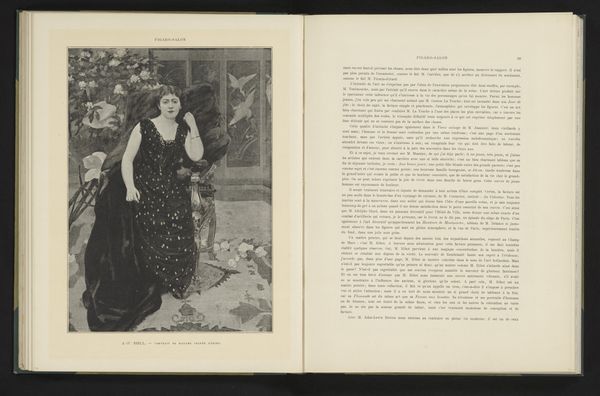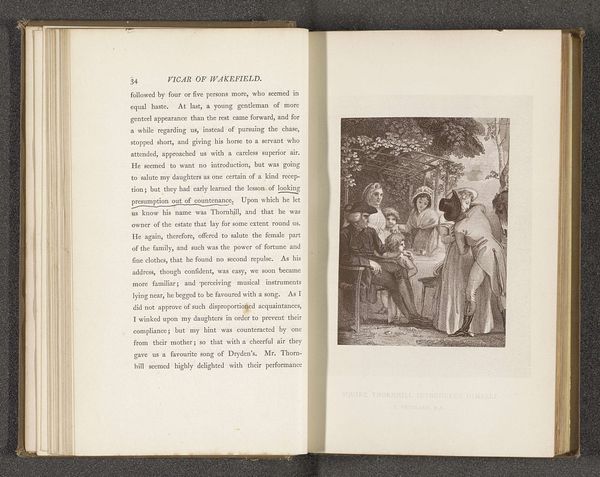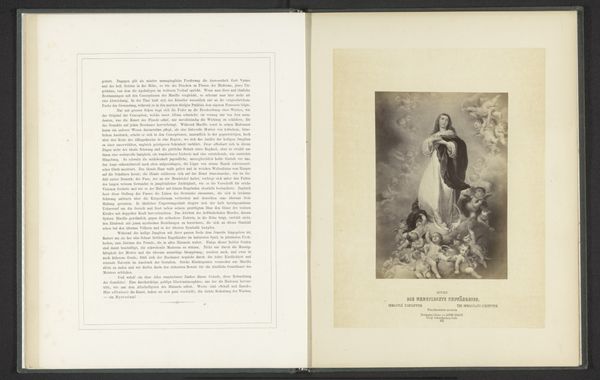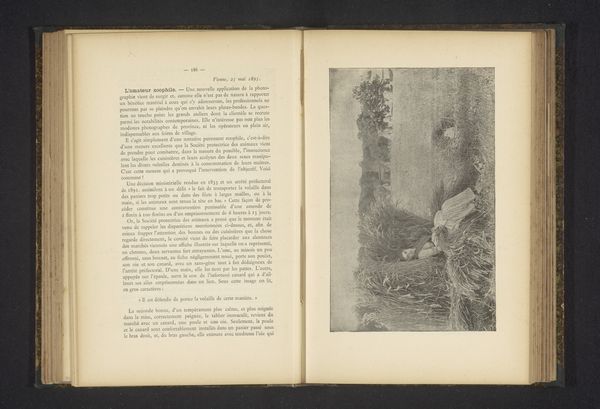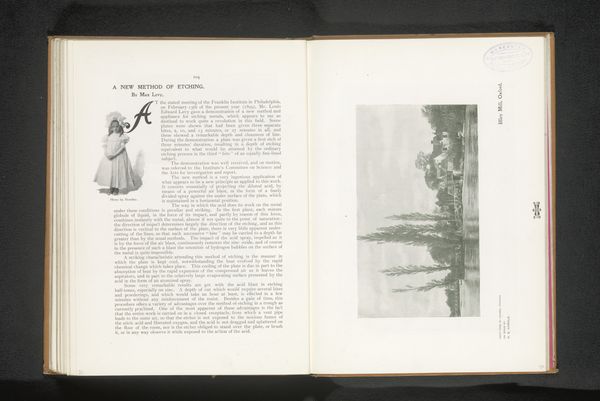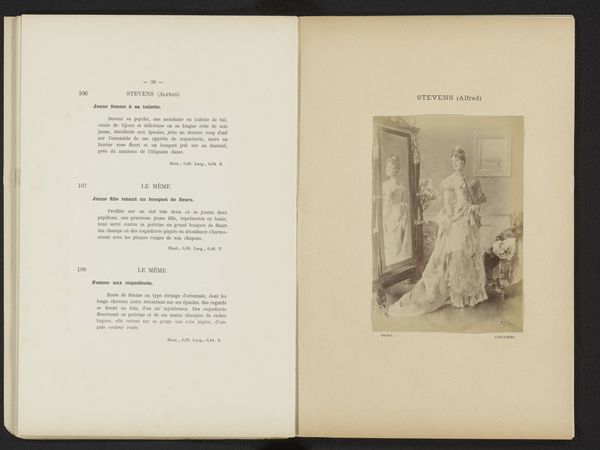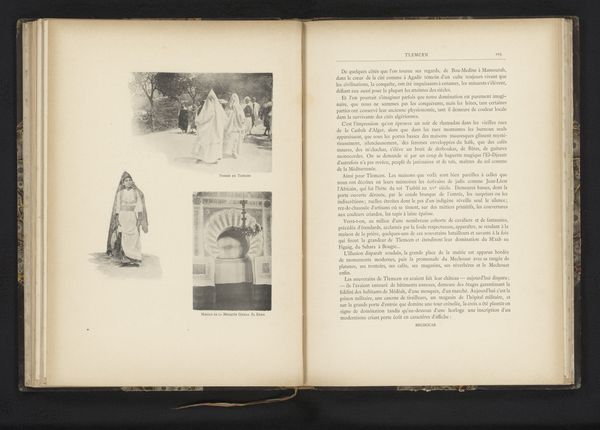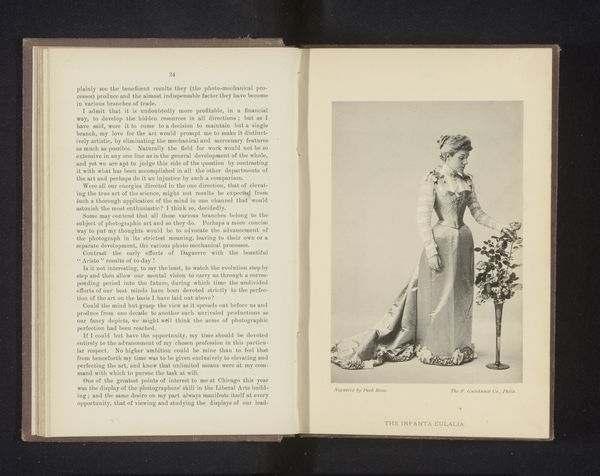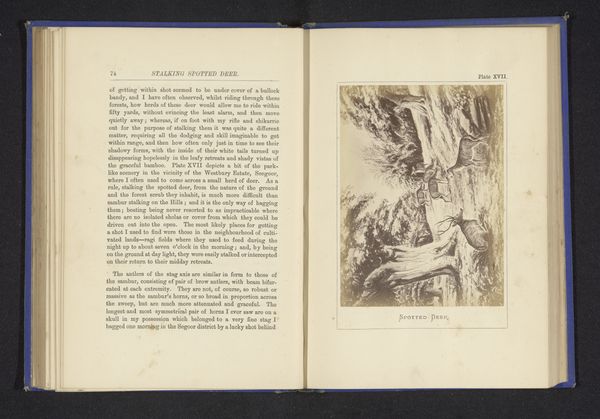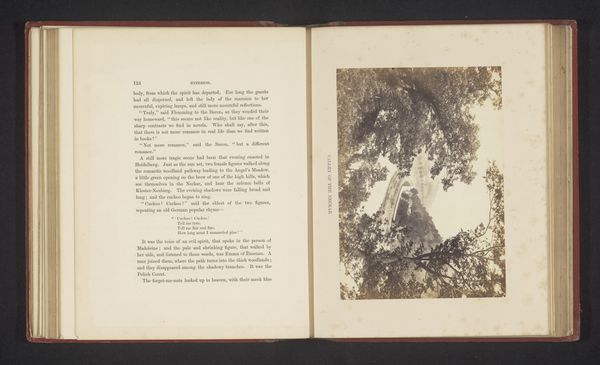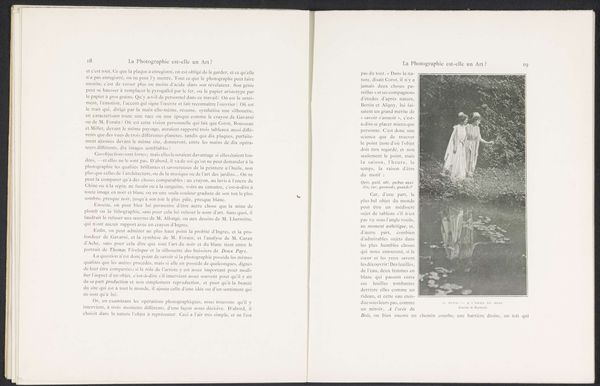
Reproductie van een schilderij van het huis van de maagd door Guillaume Dubufe before 1901
0:00
0:00
print, paper, engraving
# print
#
landscape
#
figuration
#
paper
#
engraving
Dimensions: height 238 mm, width 292 mm
Copyright: Rijks Museum: Open Domain
Curator: Let's delve into this reproduction of a painting, "The House of the Virgin" by Guillaume Dubufe, created before 1901. It’s rendered as an engraving, printed on paper. Editor: The monochromatic palette immediately evokes a sense of serenity and reverence. The texture, however – you can really see the hand of the engraver in those sharp lines giving a unique tangible quality to this image on paper. Curator: Absolutely. And look at how Dubufe, through the engraver's skill, captures the timeless symbols of purity and maternal love. The Virgin and Child are depicted ascending the steps to what we can imagine as a sacred dwelling, a sanctuary. Editor: I wonder about the accessibility of this “reproduction”, and the class dimension involved in art consumption at the turn of the century? Was it a widely available print? A way for those who couldn’t afford paintings to engage with fine art? Curator: A fascinating point. It's hard not to read into the depiction of doves here. Notice how their traditional symbolism mirrors that ascension to a hallowed space. They symbolize not just peace but, devotion, spiritual aspiration. I would hazard to guess that having a framed artwork representing the home of the virgin Mary might have evoked a lot of sentimentalism in bourgeois families. Editor: Beyond the symbolic, it speaks to the mechanics of reproduction in that era – a painstaking process of transferring an image. Look at the very palpable textures; this contrasts with the slick, instantaneous images we’re now surrounded by, changing the nature of viewership itself. The materiality carries an evocative meaning. Curator: You're so right, the choice of the engraving medium is so deliberate, creating a lasting artwork out of an earlier painterly endeavor! It encourages an intimate examination, inviting a sense of contemplation that might be different in front of a larger painting, let alone viewing a reproduction of the print! Editor: Right, tracing the hand and the material shifts our appreciation towards labor, value and transmission that we often overlook, right? Curator: Indeed. In that, we come away not only with the reverence of the subject matter but also that the means of that reverence too is so compelling and thought provoking in itself. Editor: Very true! It offers so much to consider and observe.
Comments
No comments
Be the first to comment and join the conversation on the ultimate creative platform.
